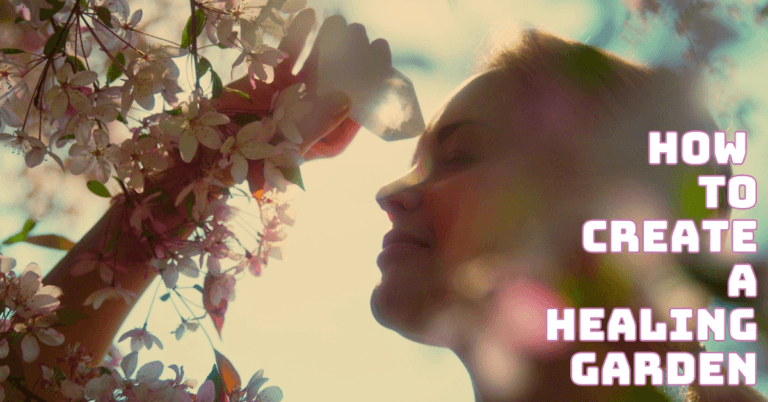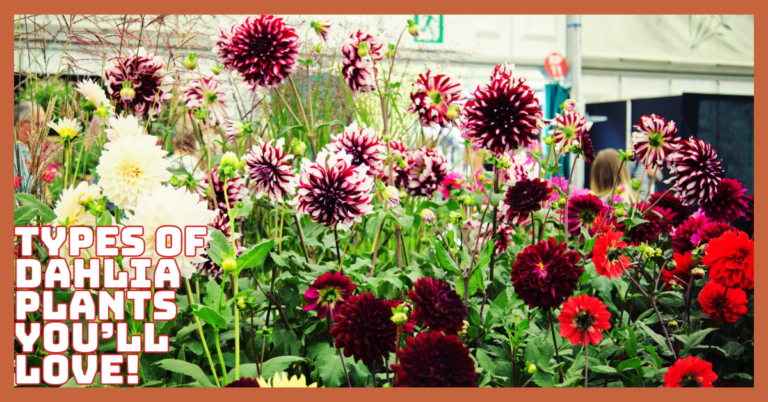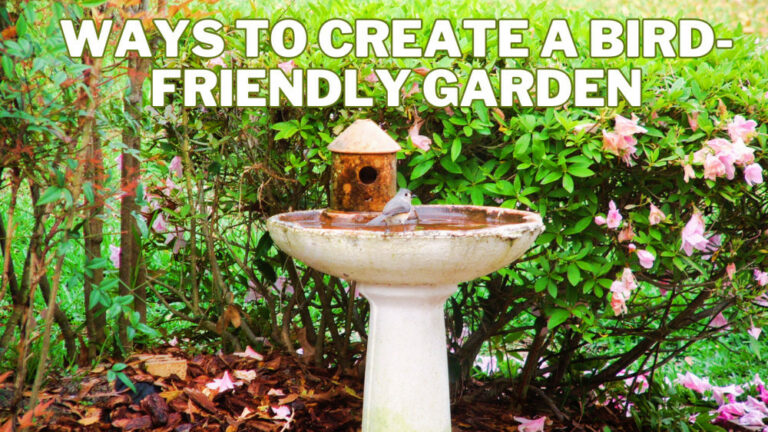Best Tips To Design A Home Garden
Best Tips To Design A Home Garden
Whether you have a small balcony or a spacious backyard, you can design your garden to reflect your style and bring life to your outdoor living space.
With careful planning and consideration of key elements, such as lighting, layout, and plant selection, you can create a garden that is not only beautiful but also practical.
In this blog post, we will share tips for designing a home garden that is both functional and visually appealing.
From incorporating water features and patio areas to choosing the right plants for your climate, we will guide you through designing your dream garden.
So, get ready to turn your outdoor space into a green haven with these tips for a home garden.
Designing a home garden can be an exciting and rewarding experience, and with the following tips, you'll be on your way to creating your outdoor oasis.
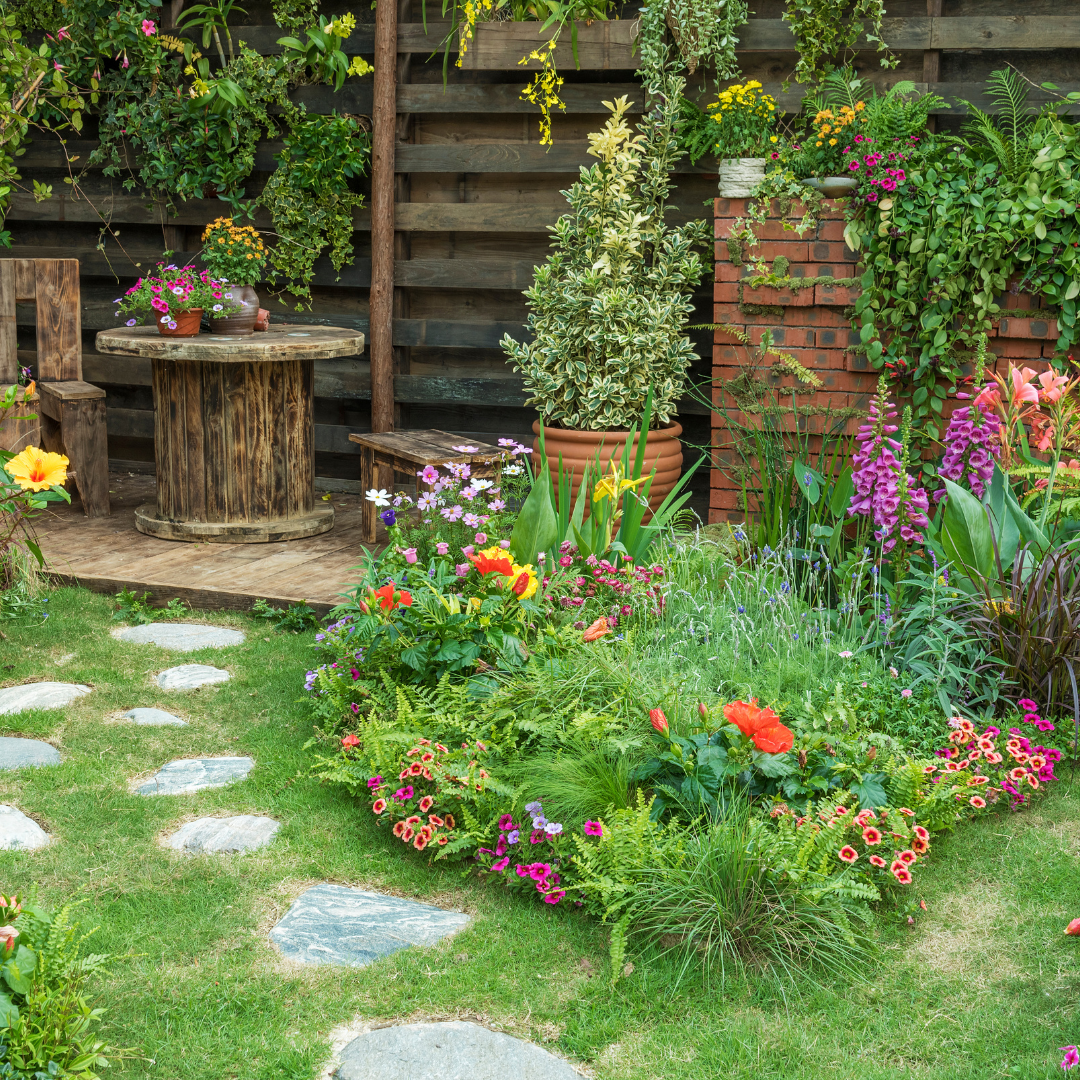
1. Determine Your Gardening Style
Determining your gardening style is an important first step in designing your home garden.
A formal garden style typically features straight lines and geometric shapes, with a symmetrical layout and a limited colour palette.
This style is often associated with classical garden design and can create a formal and sophisticated look.
On the other hand, a natural and informal garden style embraces nature's organic and unpredictable beauty.
This style is characterized by curved lines, an asymmetrical layout, and a mix of different textures and colours.
This style creates a relaxed and harmonious atmosphere and can evoke a sense of tranquillity and peace.
When you choose your gardening style, consider your personal preferences and the overall design of your home.
A formal garden style may suit a more traditional or classical home, while a natural and informal style may complement a modern or contemporary home.
Additionally, consider the amount of maintenance you are willing to undertake, as a formal garden style typically requires more maintenance than a natural and informal style.
Choosing a gardening style that reflects your taste and makes you happy is the most important thing.
By creating a garden you love, you can enjoy a beautiful and peaceful outdoor living space that enhances your quality of life.

2. Consider The Climate
Considering the climate is essential when designing a home garden. Understanding the conditions in your area, such as sunlight, soil, and precipitation levels, will help you choose the right plants for your garden.
Sunlight
Consider the amount of sun that your garden receives each day. This will help you determine which plants will thrive in your garden and where to place them.
For example, shade-loving plants such as ferns or hostas need to be placed in areas with less sunlight, while sun-loving plants such as roses or lavenders need to be placed in areas with more sunlight.
Soil
The soil in your garden can also impact the plants you can grow. For example, some plants prefer well-draining soil, while others require moist soil.
Before planting, test your soil to determine its pH levels and nutrient content, and amend it as necessary.
Precipitation
Precipitation levels in your area, including rainfall and snowfall, can also impact the plants you can grow.
For example, drought-tolerant plants such as succulents or cacti are well-suited to areas with low precipitation levels.
In contrast, plants that require more moisture, such as hydrangeas or azaleas, are better suited to areas with higher precipitation levels.
By considering these climate conditions, you can ensure that you choose plants that will thrive in your garden, resulting in a lush and beautiful outdoor space.
It is also important to research the specific climate requirements for each plant that you are considering, as these can vary from species to species.

3. Plan Your Layout
Planning your garden layout is an important step in the design process. A well-planned layout can help you make the most of your garden space while ensuring that your plants receive the right amount of sunlight, water, and nutrients.
One way to plan your layout is using garden tools such as a compass or ruler. With these tools, you can create a basic sketch of your garden, including the placement of paths, flower beds, and hardscaping elements such as walls, fences, and patios.
Another option is to use garden design software to provide a more detailed and interactive visualization of your garden.
With garden design software, you can experiment with different layouts, view your garden from different angles, and even choose from various plants and materials.
When planning your garden layout, consider the following factors:
Sunlight
Place your plants where they will receive the right amount of sunlight. For example, shade-loving plants should be placed in areas with less sunlight, while sun-loving plants should be placed in areas with more sunlight.
Water
Plan the placement of irrigation systems, such as sprinklers or drip irrigation, to ensure your plants receive the right amount of water.
Drainage
Ensure water drains properly in your garden to prevent plant roots from sitting in water, which can lead to root rot.
Paths And Walkways
Plan paths and walkways to connect different areas of your garden, and ensure they are wide enough to accommodate gardening tools and furniture.
By planning your garden layout, you can create a beautiful and functional outdoor space that meets your needs and enhances the look of your home.

4. Incorporate Water Features
Incorporating water features into your home garden can enhance its beauty and create a calming and soothing environment.
A pond, fountain, or bird bath can be a focal point and draw the eye, making your garden feel more spacious and inviting.
Ponds can range from small, container-style ponds to large, natural-looking ponds that blend in with the surrounding garden.
They can be filled with plants and fish or serve as a peaceful water feature. On the other hand, fountains can add a touch of elegance to your garden and come in various styles and sizes, from simple bird baths to large, elaborate fountains.
In addition to adding visual appeal, water features attract wildlife to your garden. Birds, frogs, and other animals are attracted to the sound and movement of water, adding a new dimension of life to your outdoor space.
When designing a water feature, consider the following:
Location
Place the water feature in a prominent location visible from your home or outdoor living spaces.
Size
Choose a proportionate size for your garden that fits your overall design.
Style
Choose a style that complements your garden's overall design and reflects your taste.
By incorporating a water feature into your home garden, you can create a beautiful and tranquil outdoor space that is both calming and visually stunning.

5. Use Proper Lighting
Proper lighting can be a game-changer in garden design, transforming your outdoor space from a daytime hangout spot to a cozy and inviting environment for evening gatherings.
With the right lighting, you can create a warm and welcoming atmosphere and highlight the key features of your garden.
There are several types of lighting to consider when designing your garden, including pathways, accents, and task lighting.
Pathway lighting provides illumination and safety for people walking through the garden, while accent lighting draws attention to specific plants or features, such as a beautiful tree or statue.
Task lighting is useful for outdoor activities like grilling or reading and can be placed near outdoor living spaces.
To get the most out of your lighting, consider the following:
Placement
Place lights in strategic locations to provide adequate illumination while also accenting key features.
Wattage
Choose a wattage that is bright enough to provide sufficient light while also being energy efficient.
Style
Choose a style that complements your garden's overall design and reflects your taste.
Using proper lighting in your home garden, you can create a warm and inviting atmosphere and extend the time you can enjoy your outdoor space.
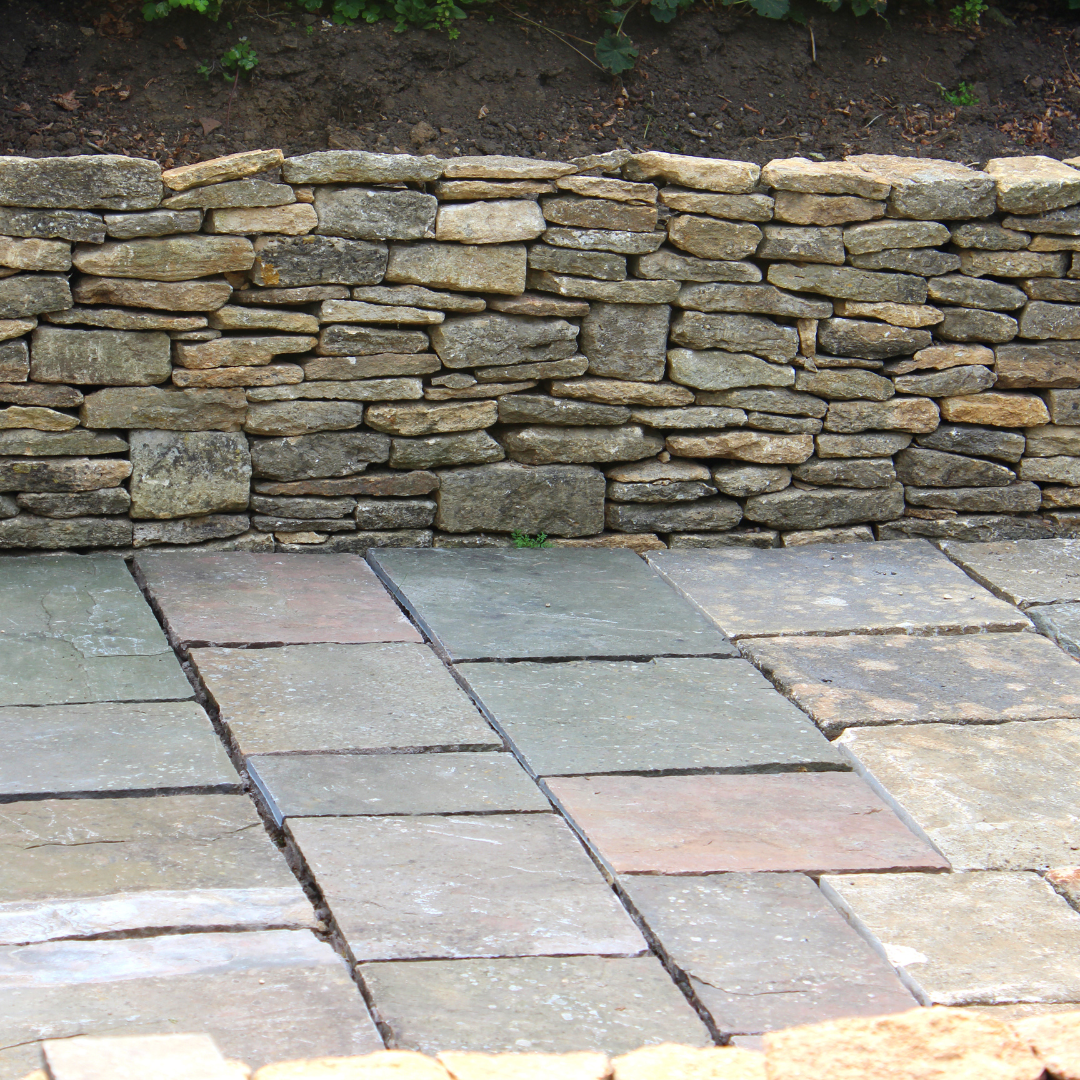
6. Add Hardscape Elements
Hardscape elements, such as pathways, retaining walls, and patios, can play a significant role in garden design, providing structure, function, and beauty to your outdoor space.
Pathways can be made of various materials, such as stone, brick, or concrete, and can serve as a practical way to navigate your garden while also adding visual interest.
Retaining walls can be used to create raised garden beds, define different areas of the garden, or control soil erosion on sloped areas.
Patios provide a flat and stable surface for outdoor living and can be made of materials like concrete, pavers, or natural stone.
When designing hardscape elements, consider the following:
Material
Choose materials that complement your garden's overall design and reflect your personal style.
Function
Consider each hardscape element's function and choose durable and weather-resistant materials.
Size
Choose a proportionate size for your garden that fits your overall design.
By incorporating hardscape elements into your home garden, you can add structure, function, and beauty to your outdoor space, making it a more inviting and usable.

7. Plant Wisely
When choosing plants for your home garden, it's important to consider factors like colour, texture, and height to create a harmonious and visually appealing space.
Planting wisely also means considering the maintenance requirements of each plant, such as watering, pruning, and pest control, to ensure that your garden is easy to care for and maintain.
Here are some tips for planting wisely:
Colour
Choose plants with complementary colours, such as purple and yellow, to create a visually appealing colour scheme.
Texture
Consider the texture of leaves, stems, and flowers when choosing plants, and aim for a mix of textures to add visual interest.
Height
Balance the height of your plants by choosing taller plants for the back of the garden and shorter plants for the front, creating a layered look.
Maintenance
Choose plants that are low-maintenance, easy to care for, and suitable for your area's climate and soil.
By planting wisely in your home garden, you can create a visually appealing and low-maintenance outdoor space that is easy to care for and enjoy.

8. Create Focal Points
Creating focal points in your home garden is an effective way to draw attention, add interest, and enhance the overall design of your outdoor space.
Focal points can be created through eye-catching elements such as large trees, sculptures, garden arbours, or unique features like rock gardens or water features.
When creating focal points in your garden, consider the following:
Scale
Choose elements proportionate to your garden and align with your overall design style.
Placement
Place focal points where they can be easily seen and appreciated, such as near a patio or walkway.
Variety
Consider incorporating multiple focal points to add visual interest and break up large open spaces in your garden.
By creating focal points in your home garden, you can add interest, create a visually appealing outdoor space, and draw attention to key elements in your garden.
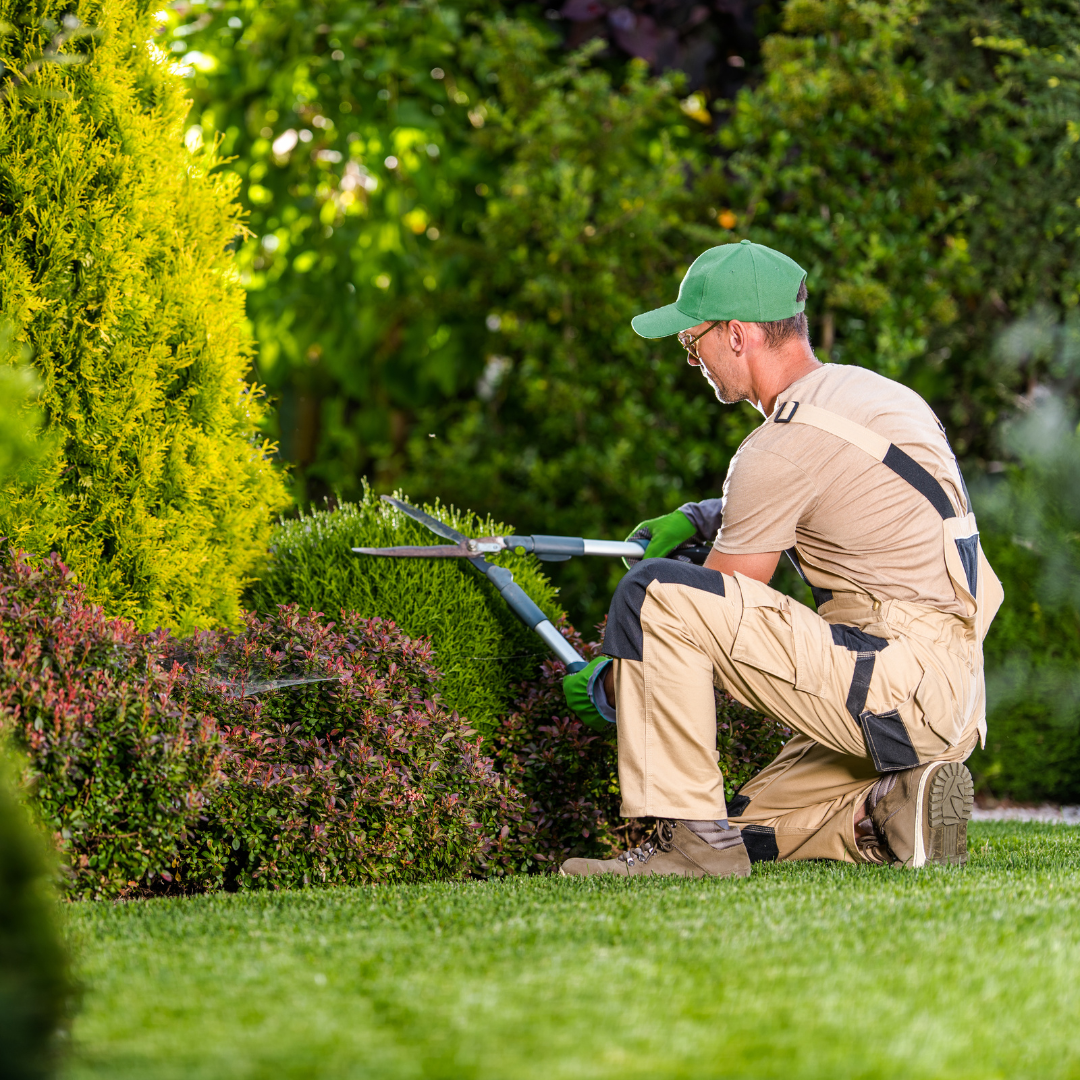
9. Maintain And Evolve
Maintaining and evolving your home garden is important for keeping it looking its best and ensuring its longevity.
Regular maintenance tasks, such as pruning, weeding, and watering, are essential for the health and well-being of your plants.
Seasonal changes, such as planting new flowers or adding new hardscape elements, can refresh the look of your garden and keep it looking its best.
Here are some tips for maintaining and evolving your garden:
Regular Maintenance
Make a schedule for regular maintenance tasks, such as pruning and weeding, to keep your garden in top condition.
Seasonal Changes
Consider adding new plants or hardscape elements to your garden in spring and fall to refresh its look and keep it looking its best.
Evolve With The Seasons
Take advantage of seasonal changes by incorporating plants that bloom at different times of the year, creating a garden that evolves and changes with the seasons.
By maintaining and evolving your home garden, you can keep it looking its best and enjoy a beautiful outdoor space year-round.

10. Choose Low-Maintenance Plants
Low-maintenance plants, such as succulents, herbs, or native plants, require less water and care, making them a great option for busy gardeners or those looking for an easier way to care for their garden.
Succulents store water in their leaves and can survive for long periods without water, making them ideal for areas with low rainfall or those who forget to water their plants regularly.
Herbs are also low-maintenance, as they are typically drought-tolerant and can be grown in containers or in the ground.
Native plants are often adapted to the local climate, requiring less water and care than other types of plants, making them an ideal choice for gardens.

11. Add Privacy Elements
Privacy elements such as hedges, fences, or trellises can be used to block unwanted views and create a more secluded and intimate atmosphere in your garden.
When choosing these elements, consider factors such as height, texture, and colour to complement the overall design of your garden.
For example, tall hedges can provide complete privacy, while trellises with climbing vines can create a more natural and organic feel.
These elements can also be used to create separate garden rooms, which can be useful for different activities, such as dining or entertaining.

12. Include Seating Areas
Seating areas can enhance the overall experience of your garden and allow you to take in the beauty and tranquillity of your outdoor space.
Choose comfortable outdoor furniture that fits your garden's style and provides ample space for you and your guests to relax.
Consider incorporating shade structures, such as umbrellas or pergolas, to provide relief from the sun and create a more enjoyable seating area. Incorporating multiple seating areas throughout your garden can also provide a variety of spaces for different activities and moods.

13. Create Zones
Zoning your garden helps to create distinct areas for specific purposes and makes your garden look organized.
Different zones allow you to create an efficient garden layout and easily manage and maintain your garden.
A seating area can be designed with comfortable furniture and lush plantings to provide a peaceful retreat.
A vegetable garden can be designed to maximize growing space and ease of harvest. A play area for children can be designed with safety in mind and incorporate play equipment, such as a swing set or sandbox.
Zoning your garden allows you to have different elements that meet the needs of all family members and create a functional and enjoyable outdoor living space.

Conclusion
Designing a home garden is a great way to add beauty and functionality to your outdoor space.
By determining your gardening style, considering the climate, creating zones, planning your layout, incorporating water features, using proper lighting, adding hardscape elements, planting wisely, creating focal points, and maintaining and evolving your garden, you can create a beautiful and functional outdoor space that meets your specific needs and style.
Additionally, incorporating low-maintenance plants and adding privacy elements can help make your garden easier to maintain and provide a secluded and intimate atmosphere.
With the tips to design a home garden, you can design your home garden to be both beautiful and functional.
I trust you enjoyed this article on the Best Tips To Design A Home Garden. Please stay tuned for more blog posts to come shortly. Take care!
JeannetteZ
>>>Please click here to read my all-inclusive article about Container Gardening<<<
>>>Are you interested in homegrown herbs and medicine? Please click here to find out more about it!<<<
Your Opinion Is Important To Me
Thoughts? Ideas? Questions? I would love to hear from you. Please leave me your questions, experience, and remarks about this article on the Best Tips To Design A Home Garden in the comments section below. You can also reach me by email at Jeannette@Close-To-Nature.org.
Disclosure
This post may contain affiliate links. I earn from qualifying purchases as an Amazon Associate and other affiliate programs. Read my full affiliate disclosure.
You might also enjoy these blog posts:
How To Train Your Puppy To Sit
How To Train Your Puppy To Walk On Leash




